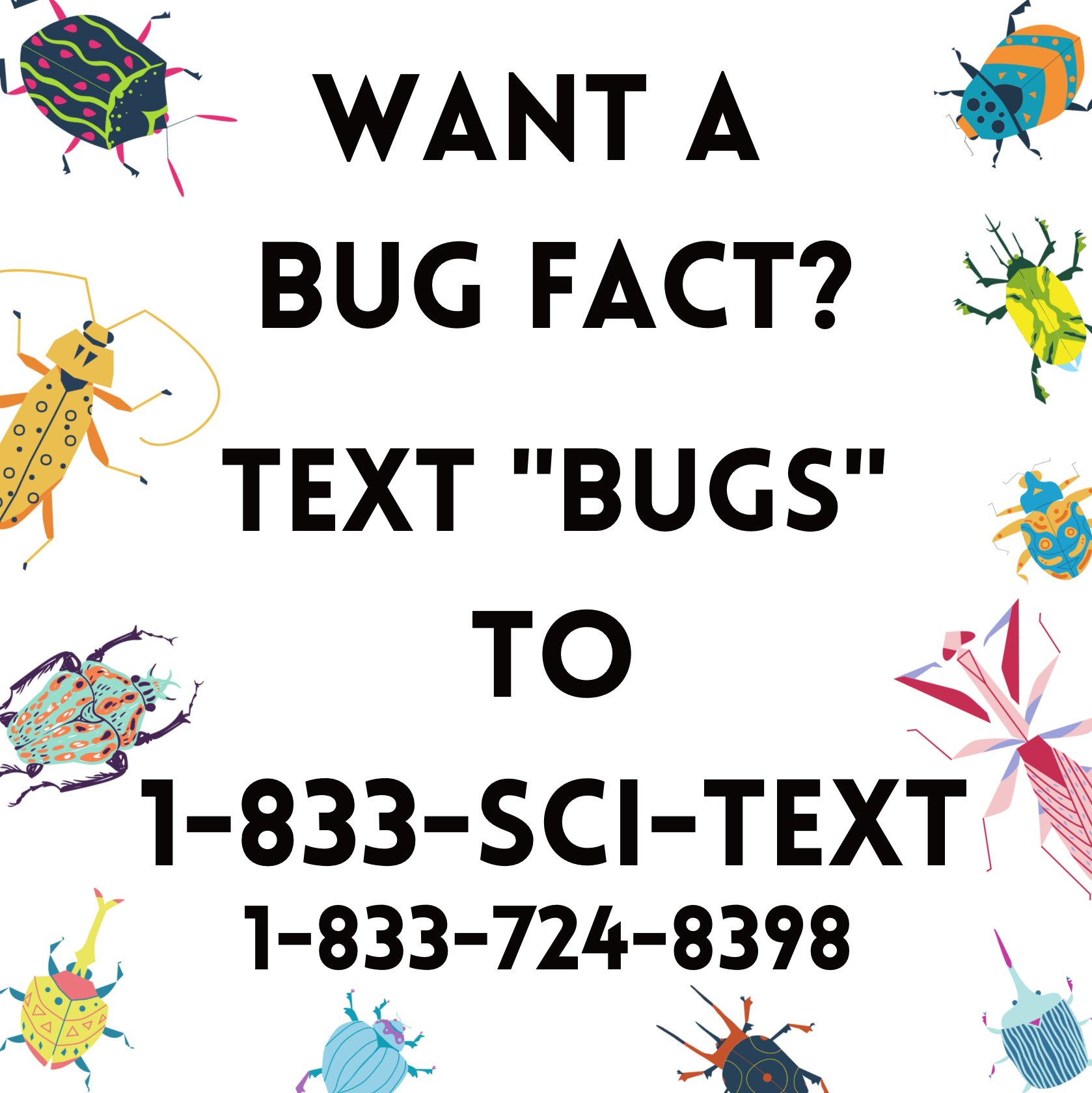Hello <<First Name>>!
Maybe it's the pandemic. Or the now undeniable need for greater inclusion and accessibility in media. It might be that more newsroom leaders get the need to meet (and listen to) audiences where they're at.
Whatever the case, we're hearing from more newsrooms ready to start texting their audiences. Based on our nearly decade of experience, texting for news appears to be moving into a new phase of adoption, heading up the "Slope of Enlightenment" and nearing the "Plateau of Productivity" as described in the classic visualization of tech adoption known as the Gartner Hype Cycle.

We know better than anyone why it's taken so long. Here are a few reasons:
- Texting has felt almost too personal and intimate, intrusive even—a space reserved for family and friends.
- It's perceived as more expensive than email or social, especially given tight newsroom budgets
- It requires a certain conversational approach, which can be a challenge for newsrooms accustomed to speaking in an authoritative, institutional tone
- It's two-way nature means news orgs need to be ready to respond to people who text in, which can be challenging given scarce resources
But we're seeing these barriers to texting fall, as newsrooms see the exceptional results they get when they adopt texting for the right audience or community, at the right time, and in the right way.
When newsrooms see 90 percent open rates (compared to 30-35 percent for email), 15-20 percent response rates (compared to 1-2 percent for email and even less for social), and conversion rates (to email newsletters, calls to donate / subscribe, etc) in the 2-5+ percent range, they see that people really do want to text with trusted news orgs, and that resources devoted to texting can deliver far greater impact and engagement than other channels.
A few recent highlights from our client work:
- WDIV News in Detroit's Ken Haddad has been using texting to connect Detroiters with vaccines, enabling many audience members to find vaccines who otherwise wouldn't have been able to
- The Circuit, a service of the Better Government Association, is using direct mail pieces + texting to connect with people who have direct experiences with the Cook County, Illinois court system—enabling them to reach communities they had no prior relationship with
- Minnesota Public Radio created a kind of pop-up "textletter" to share updates on the Derek Chauvin murder trial, yielding hundreds of questions, and providing a critical audience service
- The Edmonton Journal used SMS to reach residents of long-term care facilities, to share vaccine information with them, and to better understand their living conditions—allowing them to communicate directly with people at the heart of their journalism
- Skype a Scientist using text messaging to share facts about bugs, and they're giving away stickers for their fans to post in public places around the country (get your own sticker here!).

The common theme running through all of these projects is a well thought out focus on specific audiences and their underlying information needs—be it having trouble finding a vaccine, feeling unheard or overwhelmed by the onslaught of breaking news and needing a simple way to stay up to date, or just a sense of curiosity.
And here's why texting is finally, deservedly, having a moment: It's the perfect channel for cutting through the noise and serving audiences directly with information they need. A simple text with the right info at the right time might be all certain audiences need in that moment.
As with any product — and let's be clear: when you adopt texting, you are creating a product — it needs to solve a clear problem for real people. We've seen too many newsrooms adopt texting because hey, everyone texts right? without doing the hard work of figuring out who they want to reach, why they want to reach them (editorial and business / impact goals), why they want to be reached by your news organization, and how to make sure you match the expectations for connection via SMS with the capacity to listen and respond.
There are hundreds of relatively cheap and easy-to-use texting platforms. Where GroundSource stands apart is through our service, designed specifically to help newsrooms build and sustain effective texting products, vs. chasing yet another shiny object—which inevitably leads back to the Trough of Disillusionment.
Ready to explore texting, for real? Get in touch for a free 30-minute conversation here.
Introducing Slack Integration!
Now for some product news: We're acutely aware of how many platforms audience specialists and engaged journalists need to log into every day to do their work. So we've created a way for you to engage your texting community where you're likely already doing a lot of your work: in Slack.
You can now read and respond to texts in Slack, as well as add people to, and remove them from, lists. Get in touch with us to learn how.
That's all for now.
Take care,
- Andrew
--
Andrew Haeg
Founder & CEO
@groundsource
@andrewhaeg
612.501.0690
|
|
Finally, some suggested reading
|
|
|
That's it for this week. GroundSourced is about helping you better connect with your community. Have questions you'd like us to answer? Links to stories or studies you're reading that we can pass on to our 1,500+ subscribers? Let me know with an email to andrew@groundsource.co.
|
|
|
|
|